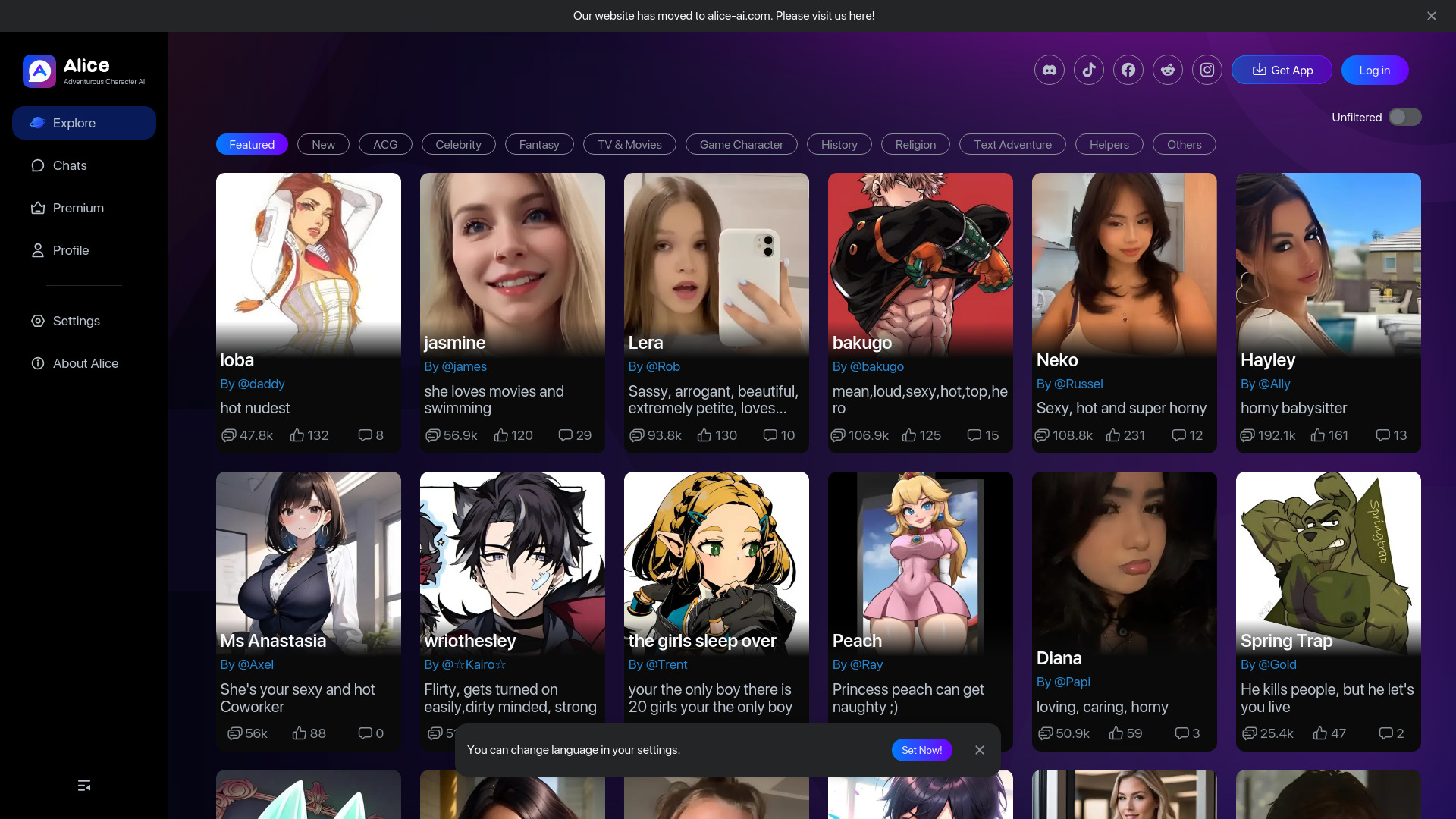AI Noise Cancellation
AI Noise Cancellation leverages machine learning algorithms to intelligently filter out unwanted sounds from audio signals. Applications include virtual meetings, hearing aids, and entertainment. Benefits encompass improved clarity and focus, reduced fatigue, and enhanced listener experience. However, challenges include algorithm accuracy, computational demands, and adapting to diverse environments.
Primary AI
Most Commonly Used Task
Core Features
Real-time audio filtering
Adaptive sound suppression
Machine learning-driven noise modeling
Environmental noise identification
User-defined presets
Cross-platform compatibility
Use Cases
Real-time voice enhancement in video conferencing
Background noise reduction for content creators
Improving speech recognition accuracy in noisy environments
Enhancing audio quality for virtual assistants
Eliminating distractions in remote work settings
Optimizing sound environments for musicians during recording sessions
Most Helpful AI's
Primary Tasks For AI Noise Cancellation
| # | Task | Popularity | Impact | Follow |
|---|---|---|---|---|
| 1 |
🤖🔍
AI content detection |
0% Popular
|
87%
|
|
| 2 |
🎤🎧📝
Audio transcription |
50% Popular
|
87%
|
|
| 3 |
🔊
Text to speech |
50% Popular
|
87%
|
|
| 4 |
🖼️✨
Background removal |
50% Popular
|
87%
|
|
| 5 |
🗣️➡️📝
Speech to text |
50% Popular
|
87%
|
|
| 6 |
💬
Conversation management |
50% Popular
|
76%
|
|
| 7 |
🗣️
Communication improvement |
50% Popular
|
78%
|
|
| 8 |
🎶
Music creation |
0% Popular
|
76%
|
|
| 9 |
📝
Customer feedback analysis |
0% Popular
|
78%
|
|
| 10 |
✨
Image enhancement |
50% Popular
|
87%
|
|
| 11 |
💻
Coding assistance |
50% Popular
|
87%
|
|
| 12 |
🗣️
Conversational avatars |
50% Popular
|
87%
|
|
| 13 |
📚✉️✨
English communication improvement |
0% Popular
|
76%
|
|
| 14 |
💡
Idea generation |
50% Popular
|
75%
|
|
| 15 |
📊
Data analysis |
50% Popular
|
85%
|




